We are small group of researchers at the Faculty of Electrical Engineering University of West Bohemia in Czech Republic. Our field of study covers electronics systems and communication systems. Since 2009 we are interested in the technology of small satellites called CubeSats. In this area we were working between 2009 and 2011 on PilsenCube satellite togather with our bachelor, master and Ph.D. students. Several last years we are cooperating with VZLU company on their satellite. Our ground station (radio transceiver, directional antenna, antenna rotator) is used for operating the VZLUSat-1, part of international QB50 project.
Contact person: Ivo Vertat (ivertat@kae.zcu.cz)
Photo gallery
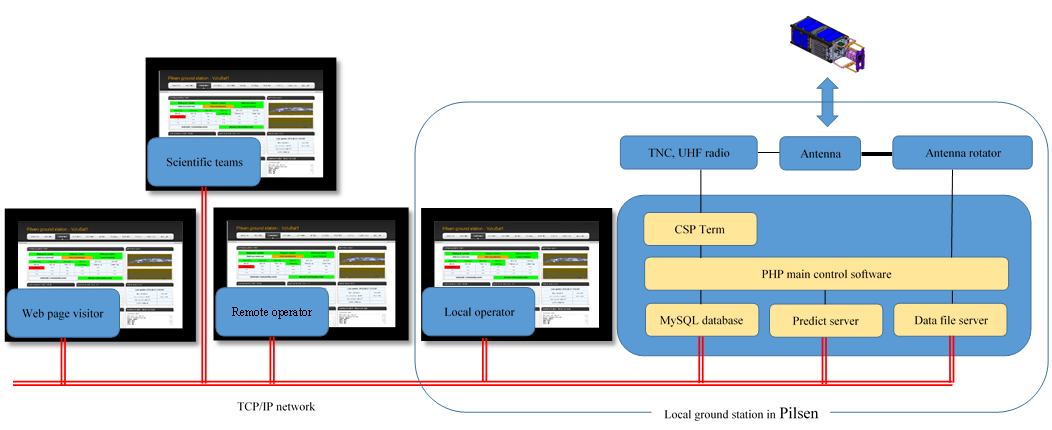 | 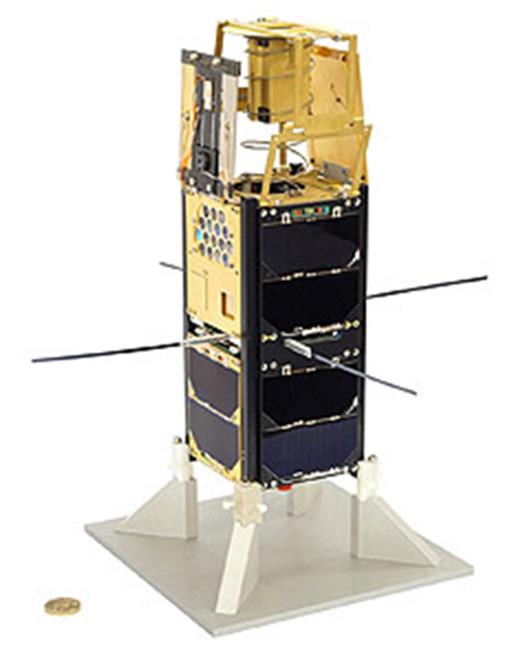 | 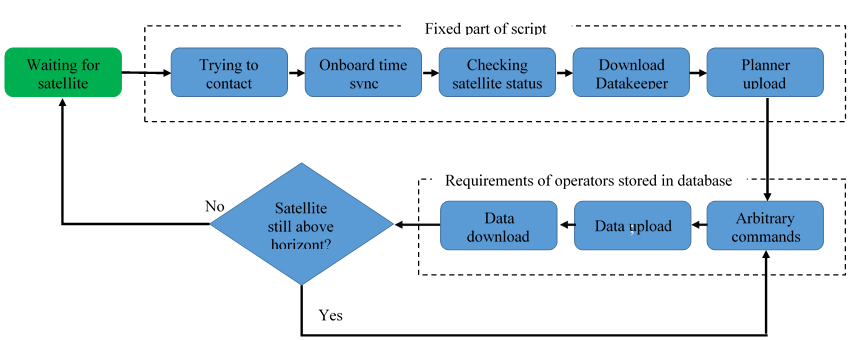 |
Basic architecture of Pilsen ground station for VZLUSat-1. Software development environments and languages (PHP, HTML, SQL) for local ground station equipment, radio operators interface, scientific team interface and internet page data presentation are unified. | Operated satellite VZLUSat-1 with deployable x-ray optics focusing on particle detector. Satellite has also hollow retro-reflector array and radiation shielding composite materials. | Non-interactive mode of Pilsen ground station - radio (frequency tuning) and antenna rotator (azimuth, elevation) controlled by PC software, commands are send and evaluated by PHP script based on requirements of remote operators. |
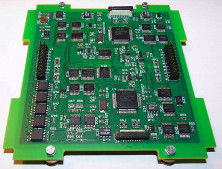 |  |  |
Prototype of PilsenCube main onboard data handling and control unit with two ARM controllers (main and back-up, firmware upgrade ability), hardware watch-dog unit and flash memory. | Prototype of deployable solar panel for PilsenCube satellite with small area solar cells. Solar cells create 4 separated blocks for higher failure and damage immunity. Inner layers of PCB contain a temperature sensor. | Our future vision of small satellite structure with simply scalable inner and outer shielded sections for less and more radiation tolerant devices providing reasonable total mass budget of satellite. |
 | 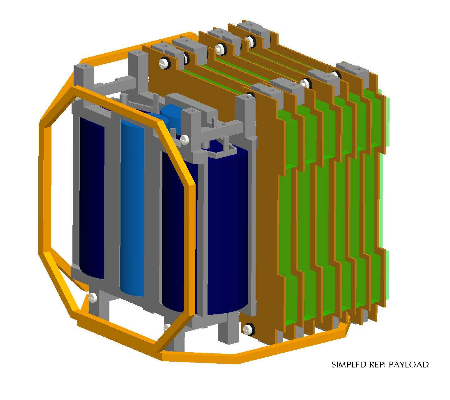 | 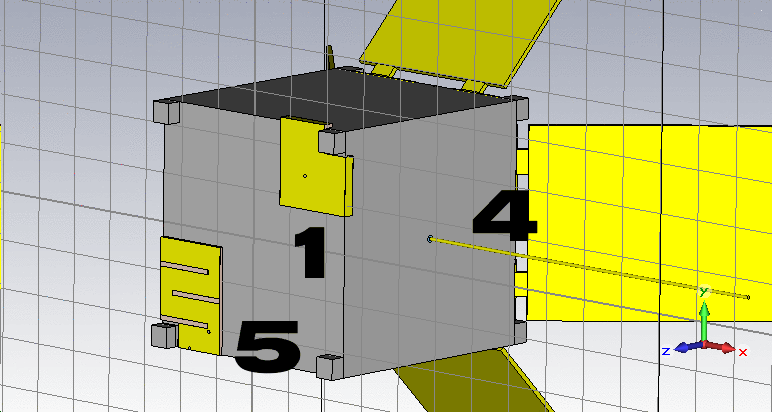 |
Pilsen Ground Station - Three directional antennas (VHF, UHF, S-Band) with two-axis rotator on the roof of Faculty of Electrical Engineering. Ground station has perfect visibility of horizon. | CAD model of PilsenCube inner structure. Blue parts are two cylindrical LiFePO4 accumulators supplemented by two Maxwell supercapacitors (350F/2.7V) solving the problem of fast eldering of accumulators on Earth orbit. | CAD model of S-Band and UHF antenna system on PilsenCube satellite. Also 88-108MHz antenna were considered for RDS receiver subsystem used as low power autonomous orbit determination. |